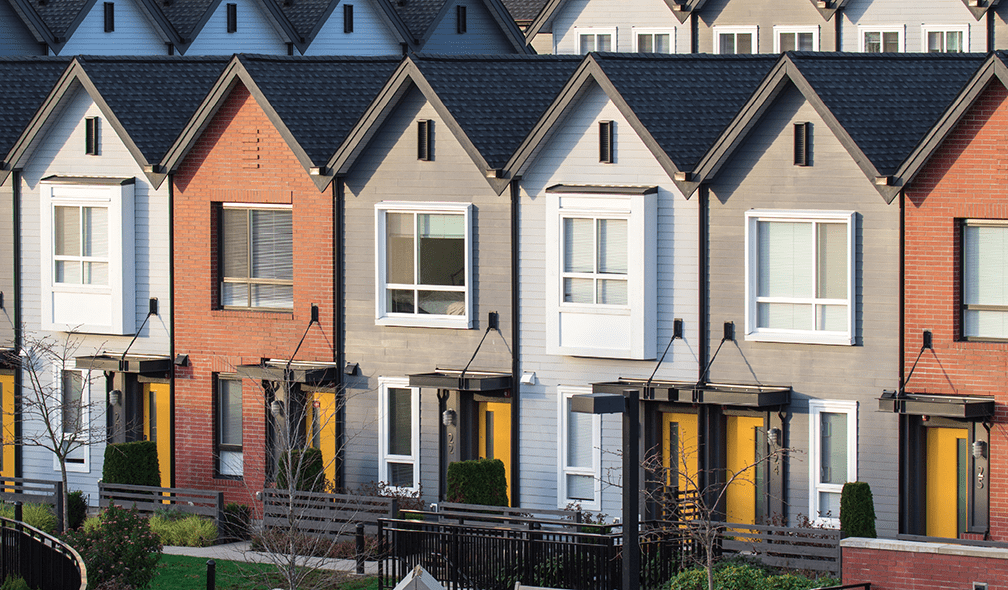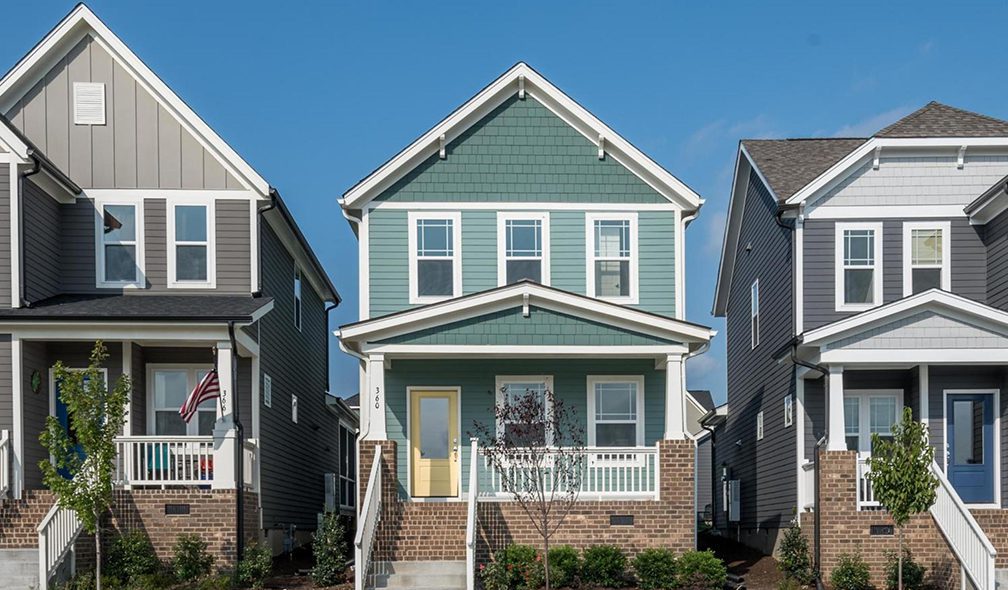Consumer Acceptance of Density and Smaller Homes: An Opportunity for MPCs
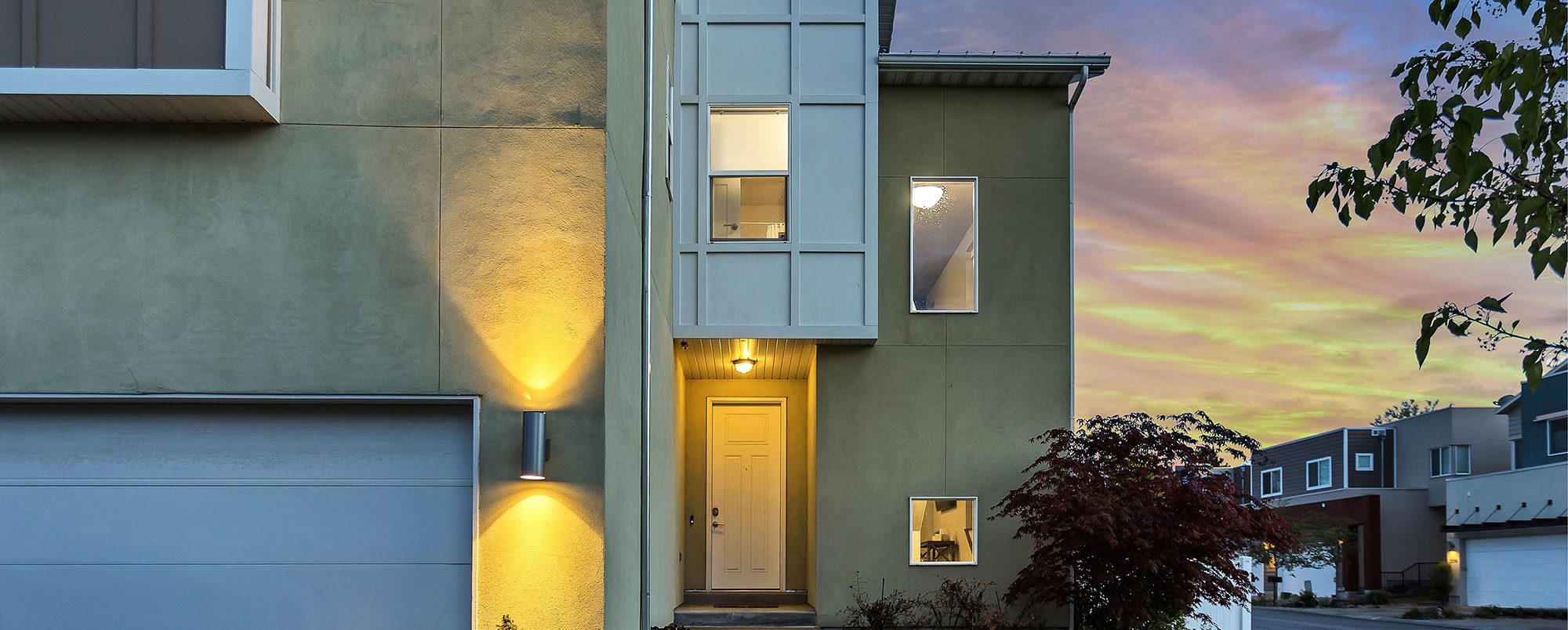
During the current cycle, many master-planned communities (MPCs) have struggled to meet market demand for products at lower price points as well as for low-maintenance products that appeal to consumers’ lifestyles and/or life stages. Often, developers do not have entitlements that support the densities required to serve these customer bases, or the NIMBY syndrome is sufficiently pervasive to discourage them from pursuing such entitlements. Just as frequently, many community developers are resistant to delivering products that have not demonstrated market acceptance in a suburban context, such as smaller, more densely organized homes or even attached homes. But increasingly, community developers and builders are beginning to respond to the growing mismatch between the demographics of new households, the stated housing preferences of active homebuyers, and decreasing new home affordability by delivering product types that address not only more attainable price points but also concepts that reflect the lifestyles of an evolving customer base. In this article, we discuss how MPCs, which are meeting the demand for many buyers, are missing out on the market opportunity to better serve these market segments and enhance their market share; outline solutions for how MPCs can appeal to these segments (based on RCLCO consumer research, components of which were covered in a previous Advisory); identify key customer groups for such product types; and share examples of products that are successfully penetrating these markets.
Master-Planned Communities Missing Key Price and Size Bands
As outlined in a previous Advisory, a large share of consumers desire product priced below $300,000. However, as the chart below suggests, MPCs offer far less inventory in those price bands than the broader market is delivering and that MPC buyers specifically say they want. MPCs tend to be disproportionately focused on upper-end price points, which is often driven by an emphasis on larger home sizes. As demonstrated in the charts below, over 40% of new home sales are under $300,000, and 40% of potential new MPC home buyers (as informed by RCLCO’s 2019 consumer research) are seeking product under $300,000, but less than 20% of the inventory in MPCs is focused on that price segment, largely because of the current emphasis on larger home sizes.
Home Price Distribution of New Home Sales, Potential MPC Buyers, and Supply in Top MPCs
Source: RCLCO
Home Size Distribution of New Home Completions, Potential MPC Buyers, and Supply in Top MPCs
Source: RCLCO
With the above said, the answer is not as simple as offering smaller homes at lower price points to capture price-sensitive buyers. The economics of delivering smaller homes must be attractive to both developer and builder, and the cost structure of MPCs (amenities, infrastructure, etc.) sometimes does not allow them to duplicate what smaller builder subdivisions are able to do on similarly sized lots. In addition, many MPCs loathe offering true entry-level, value products that not only produce low residual land values, but also erode the perceived quality of the community and perhaps turn away buyers of more expensive housing product.
How Can MPCs Respond?
Many potential suburban buyers seek SFD homes, and over a third of all suburban buyers seeking SFD homes want homes under 2,000 SF. Many, particularly childless households and mature families, are willing to accept a smaller lot and smaller home to get the quality and location they want. (Young and intermediate families are less likely to do this as space is of utmost concern.) MPCs typically offer a higher-quality environment than typical subdivisions, so instead of going head-to-head with builder subdivisions with similar product on comparable lot sizes, MPCs can deliver higher-quality, smaller homes on smaller lots, but at similar price points to larger homes on larger lots in traditional builder subdivisions.
Over 35% of potential home buyers seeking to be in a suburban environment prefer a home under 2,000 square feet, which suggests home size is one way to push pricing down in MPCs given that less than 25% of product in MPCs is in that size band. There may also be considerable opportunity to offer smaller lot sizes. Nearly half of prospective buyers would accept a smaller lot size if their desired home size and finish level were delivered at their desired price point, while 37% and 21% would accept a smaller home size or lower quality finishes, respectively, to achieve their desired price point. Interestingly, only 9% are willing to trade their desired location for a home they can afford or a product they desire, suggesting highly desirable MPCs that are well located can appeal to these buyer types in creative ways rather than assuming they will “drive until they qualify” for a home in an inferior location.
Stated Suburban Home Size Preferences by Housing Type
Source: RCLCO
Overall Share of Buyers Accepting Tradeoffs to Meet Price Point in Suburban Setting
Source: RCLCO
When disaggregating the above data to highlight the key differences between families with children living at home and households of any age without children living at home:
- Both childless and family households are equally likely to trade lot size for affordability, though of families, mature families are more likely to accept smaller lot sizes vs. young and growing families
- Families, unsurprisingly, are less likely to trade a smaller home for a lower price given their larger household sizes
- Families are more likely to accept lower quality finishes than childless households
Share of Buyers Accepting Tradeoffs to Meet Price Point by Household Type in Suburban Setting
Source: RCLCO
Furthermore, many households are open to having a one-car garage, no garage, or alternative garage configuration, which could accommodate varying (and potentially more attractive) home elevations/orientations as well as smaller, lower cost footprints. A two-car garage presents many architectural challenges, particularly when working on smaller, narrower lots, but many household types, particularly childless households under 55 as well as young families, would consider an alternative to the conventional two-car garage.
Share of Buyers Accepting No Garage, One-Car Garage, or Alternative Garage Configuration in a Suburban Setting by Household Segment
Source: RCLCO
Lastly, bedroom count is another way to reduce home size and cost. Although three-bedroom homes are by far the most popular size, nearly 20% of childless households (and 11% overall) are seeking a house with two or fewer bedrooms, and likely more households, and particularly young couples, would consider a two-bedroom option if it were priced attainably. Still, MPCs typically offer very few two-bedroom options. Furthermore, over 40% of family buyers would consider three or fewer bedrooms. Reducing the number of bedrooms is one way to get a smaller home without sacrificing common area square footage, which is are crucial to lifestyle buyers as it is to family buyers.
Desired Bedroom Count in Next Home Purchase by Household Type in Suburban Setting
Source: RCLCO
Key Target Markets for Smaller, Denser Product Types: First-Time Buyers and Move-Down Buyers
While the above analysis suggests solutions for producing homes that are in line with consumers’ affordability thresholds and/or preferences, it’s important to note that these product types will appeal largely to first-time homebuyers, as well as move-down buyers—two crucial buyer segments that MPCs should target to appeal to all life stages, allowing for multiple transactions with the same consumer over the lifetime of the community. These buyer types are often looking for high-quality, but smaller homes in line with their budget or aligned with a desirable low-maintenance lifestyle.
As evidenced below, nearly half of the respondents to our survey, which include households seeking to buy a home in the next two years, are currently renting, and over half of those renter households age 18-44 wishing to buy a home in the suburbs are currently renting multifamily apartments.
Existing Housing Type by Age for Households Seeking Homes in Suburban Setting
Source: RCLCO
Over half of these households are living in smaller apartments and homes under 1,500 square feet, and are seeking to move up in size by approximately 750 square feet on average, which suggests many MPCs, which tend to focus on larger homes, are not building products that appeal to households transitioning from apartments to their first detached or attached single-family home. As the chart below notes, two-thirds of first-time buyers are living in less than 2,000 square feet, and 43% would desire to purchase a single-family attached or detached home that is less than 2,000 square feet, suggesting a modest upsize from their current home. In this age of millennials renting much longer than previous generations, they are more accustomed to apartment living, and are more accepting of smaller homes, but are seeking perhaps a yard and more privacy as they transition out of apartments.
Existing and Desired Home Sizes for First-Time Homebuyers Seeking Suburban Setting
Source: RCLCO
In addition to first-time buyers, move-down empty nesters are also often underserved market segments in MPCs, which have a tendency to cater predominantly to families with children at home, and often do not offer an alternative for these buyers to age within the community. Among move-down buyers over the age of 55 seeking to buy in the suburbs, most are living in single-family detached homes and most would consider a single-family detached home again, but many would also consider single-family attached homes, condominium flats, or even a separate living quarters within a multi-gen home.
Existing and Desired Housing Type for Households Seeking Suburban Setting
Source: RCLCO
Just the opposite of first-time buyers, move-down buyers are seeking to reduce the size of their home, with only 35% currently occupying a home less than 2,000 square feet, but nearly 50% seeking a home under 2,000 square feet.
Existing and Desired Home Sizes for Move-Down Buyers in Suburban Setting
Source: RCLCO
As evidenced above, both first-time buyers and downsizing empty nesters would consider a single-family attached (SFA) home, and the acceptance of the product in the suburbs is increasing. Approximately 20% of potential buyers in the suburbs would consider a SFA home, though product placement within an MPC is of paramount importance. In particular, childless households are most accepting of the product type, and there is a current misalignment between the number of households that currently occupy that product type versus the share of households with a stated preference for it, particularly among young and mature professionals and empty nesters/retirees.
Existing and Stated Likelihood to Consider Suburban SFA Housing by Household Segment
Source: RCLCO
Product Examples
Below are three product types that are representative of home designs within large-scale master-planned communities that are targeting three key segments—first-time buyers, move-up buyers, and move-down buyers—but in denser formats than are traditionally found in those communities.
- Urban Homes, by Brookfield Residential, are located in the Easton Park MPC in Southeast Austin, also being developed by Brookfield Residential. These homes offer an entry-level price point to the community, but on a dollar per square foot basis, they are priced at a premium to products in nearby builder subdivisions given their comparatively smaller size and higher finish level. They are also on smaller lots (density of 10-11 units per acre), thus producing a higher residual land value than they would if positioned on lot sizes similar to the builder subdivision competition. Easton Park’s superior amenities, parks, and level of execution command the premium and validate that many buyers value quality of product and place over square footage.
- Craft Homes is building on 30’ lots in the Lake Nona master-planned community in Orlando, Florida, achieving densities of nine to 10 units per acres, but targeting move-up buyers who value quality of finishes, but at modest sizes ranging from 1,700 to 2,500 square feet. As a unique differentiator, some floorplan options include a detached living suite that can be used as a home office or multi-gen suite.
- Craft Homes is also building “jewel box” single-family homes at eight to 10 units per acre in Lake Nona, at 1,800 to 2,100 square feet, priced from $350,000, and successfully attracting empty nesters, young professional couples, and single-parent families. Buyers are attracted to the product given the balance it strikes between lifestyle product and value positioning relative to other new products in the community, as well as the product’s unique orientation, which maximizes shared green space.

|
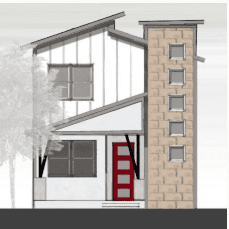
|
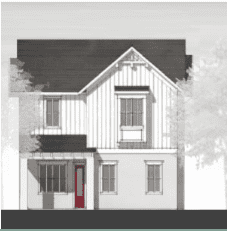
|
|
Urban Homes Brookfield Residential Easton Park (Austin) |
30′ Lots Craft Homes Lake Nona (Orlando) |
Jewel Box Lots Craft Homes Lake Non (Orlando) |
|---|---|---|
|
Density 10-11 du/ac |
Density 9-10 du/ac |
Density 8-10 du/ac |
|
Homes 1,100 to 1,550 SF $200k to $250k+ $160 to $185/SF |
Homes 1,700 to 2,500 SF $350k to $600k $180 to $205/SF |
Homes 1,800 to 2,100 SF $350k to $400k $175 to $190/SF |
|
Positioning Price Alternative |
Positioning Lifestyle Appeal |
Positioning Price Alternative & Lifestyle Appeal |
|
Buyer Segments First-Time Homebuyers |
Buyer Segments Move-Up Buyers |
Buyer Segments Move-Down Buyers & Single Parents |
Article and research prepared by Todd LaRue, Managing Director, and Cameron Pawelek, Vice President.
Disclaimer: Reasonable efforts have been made to ensure that the data contained in this Advisory reflect accurate and timely information, and the data is believed to be reliable and comprehensive. The Advisory is based on estimates, assumptions, and other information developed by RCLCO from its independent research effort and general knowledge of the industry. This Advisory contains opinions that represent our view of reasonable expectations at this particular time, but our opinions are not offered as predictions or assurances that particular events will occur.
Related Articles
Speak to One of Our Real Estate Advisors Today
We take a strategic, data-driven approach to solving your real estate problems.
Contact Us
